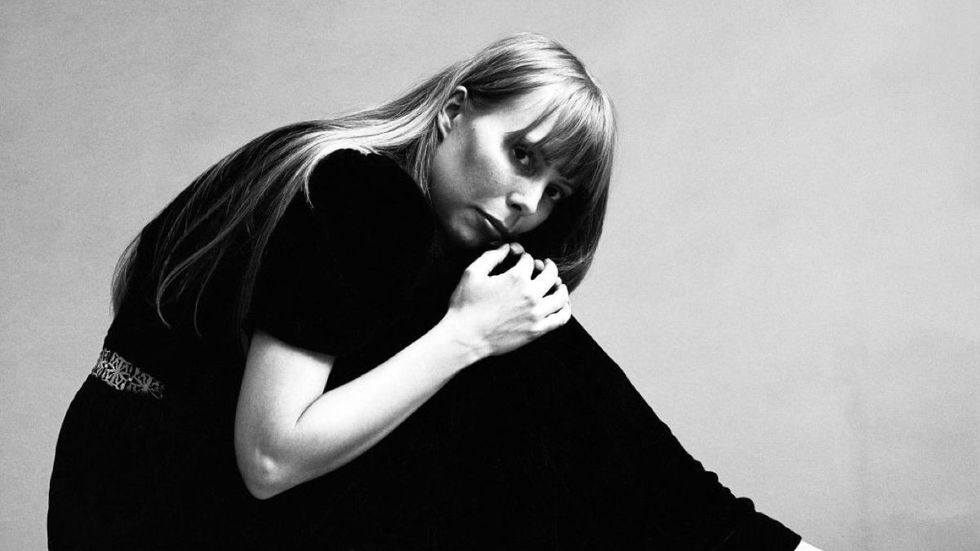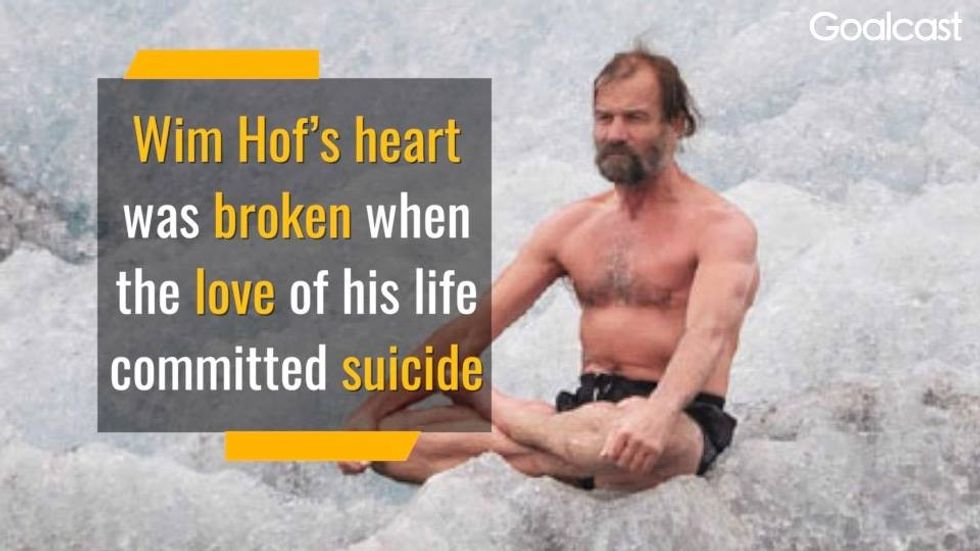Why Bono's Memoir Is a Love Letter to His "Mysterious and Mischievous" Wife of 40-Years
The Irish singer, songwriter, philanthropist, and outspoken activist Bono has enjoyed a successful career thanks to his status as the lead vocalist of the rock band U2. To many people, the success of the band can easily be attributed to Bono’s passionate persona on stage and as a lyricist. His expressive way of singing and hammy gestures while performing, combined with the social and political themes in his songs that were inspired by his Christian point of view, have helped his public image for the better. In a more controversial way, Bono has also become notorious as a celebrity activist, especially for his campaigns in Africa.RELATED: Struggling Waitress Can Hardly Get Through Her Shift – Then a Customer Leaves Her a Note That Makes Her CryHaving lived a very public life and developed a recognizable persona with his scarves and sunglasses, it comes as no surprise that Bono would join other public figures to write a celebrity memoir. The work, Surrender: 40 Songs, One Story, predictably focuses on his time with U2, his work as a philanthropist, and of course, the parties. However, in his writing, Bono also adds other aspects of his life that heavily contributed to becoming the man he is today. One of these aspects is love, specifically the love shared between Bono and his wife, Ali Hewson.Bono and Ali Hewson’s Family, How They Met, and How They Describe Their RelationshipBono and his wife go way back, over half a century back.The pair met in childhood, and became closer as they grew up. They specifically met at age 12 at Mount Temple Comprehensive School. They started dating in 1976, when they were both teenagers, also the same year U2 was officially formed. In an interview with The Telegraph in 2008, Ali Hewson described Bono as “her first real boyfriend” and also mentioned watching his first performance with U2 in their high school school gym. Six years later, in 1982, Bono and Ali married and they are stillgoing strong to this day. They have four children together, two daughters and two sons. Fittingly enough, the daughters, Jordan and Eve, are the oldest, and the sons, Elijah and John, are the youngest, and both pairs were born a decade apart from each other. Like all children born into a celebrity family, a few of the Hewson children have pursued creative careers of their own. Eve is an actress and Elijah is the lead guitarist and vocalist of the rock band Inhaler. According to Hewson, it isn't nepotism that gave their children opportunities, but their parents’ encouragements to follow their passions. She says of her son Elijah, “he’s the shyest boy and he became a frontman and [she does not] know how that happened, but he found his thing and it’s great to see each of them finding their way because it’s not easy for any kid to navigate this complicated system that’s going on.”Bono and Hewson Discuss DivorceAdmittedly, all relationships come with particular challenges, and when it comes to Bono and Ali Hewson’s marriage, it certainly was not an exception. During the 1980s, U2 hit record stardom leading to countless tours taking Bono away from home and away from his family. RELATED: These Celebrity Divorces Could Have Been Ugly — Here’s What We Can Learn From ThemAs a result, frequent absences began to affect their relationship. Bono was travelling the globe, but when he was home, he wasn't 'present' — Hewson felt alone even when the singer was home. When Hewson mentioned 'divorce,' Bono realized he would have to change his ways, and fast. How Their Relationship Is a Work of LoveIn the end, they found a compromise. In 2005, Hewson said that Bono’s absence during tours allows them to pursue their own dreams while still supporting each other. She calls their relationship a “work of love” and considering how intertwined their respective careers are with their marriage, with Ali Hewson even influencing several U2 songs, this expression makes sense. RELATED: The Simple Secrets to Felicity Huffman and William H. Macy’s 25-Year “Fairytale Marriage”However, while Bono agrees with how his wife describes their marriage, he is reluctant to use the same words. He claimed that he wishes “she wouldn’t use the word ‘work’ because [he has] a feeling there’s an adjective, ‘hard’, that’s inferred.” He obviously refers to the expression “hard work”, and probably subconsciously associates the expression with tedium and burdensome endeavors, which is why he dislikes the label. It comes off an unsurprising, considering he describes his wife in the following way: “She’s incredible. She’s not just a mystery to me, by the way. She’s a mystery to her daughters, to her sons. I mean, we’re all trying to get to know her. She’s endlessly fascinating. She’s… full of mischief.”Who Is Ali Hewson?With one of the most recognizable faces and voices in ‘80s rock, the lack of recognition and rewards that come with that have not been a problem for Bono in a long time. His tours allow him to remain creative in a way a standard married homelife might not. Even though Bono is the more famous person of the pair, his fame-adverse wife had her own passion projects while her husband toured.RELATED: Taylor Swift Proves Yet Again She Is a 10 Out of 10 – There Is Power In Living Your Childhood DreamHewson received a degree in Sociology and Political Science from University College Dublin in 1989, the year her first child was born. Just like Bono, she has been involved with activism for a long time, and the credentials she earned with her degree gives her additional insight on the topics she advocates for. Her efforts include anti-nuclear protests, charities to help victims of Chernobyl, and leadership of a campaign to raise awareness of the dangers of radioactive contamination. Hewson described her life’s work as a product of trying to have a positive influence on people. Bono and Hewson's Advice on MarriageWhile promoting his book, Bono said, "It's quite mad getting married. There's something about knowing you're against the odds. I would say that friendship can outpace romance. When you have romantic love and friendship, that's really something special."While his latest memoir is a book about love (U2, friendships, writing), Bono says that most of it is 'a love letter to Ali.'RELATED: Sigourney Weaver Found the Secret to Her Successful 37-Year Marriage in a Surprising PlaceFriendship and romantic love truly are the hallmarks of any marriage, as is allowing a partner to be themselves, and helping them grow. While they have their peculiarities, fame, and riches, Bono and Hewson’s loving marriage complements their personalities and allows their individuality a flourish, making them, from the outside, a model for relationships. KEEP READING:Paul Newman and Joanne Woodward’s 50-Year Marriage Was Based on Four Words – Two You Wouldn’t Suspect





























